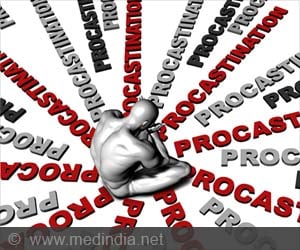Selfitis has been classed as a genuine mental disorder by the American Psychiatric Association and has come up with an assessment scale.

‘Those with selfitis suffer from a lack of self-confidence and are seeking to ‘fit in’ with those around them, and may display symptoms similar to other potentially addictive behaviors.’





A research team at Nottingham Trent University in the UK and the Thiagarajar School of Management (TSM) in Tamil Nadu began investigating the phenomenon after a hoax story appeared in the media in 2014 claiming ‘selfitis’ had been classed as a genuine mental disorder by the American Psychiatric Association. “While the story was revealed to be a hoax, it did not mean that the condition of selfitis did not exist,” Griffiths said. “We have now appeared to confirm its existence and developed the world’s first Selfitis Behaviour Scale to assess the condition,” he said.
The scale was developed using a large number of focus groups with 200 participants and the scale was tested via a survey of 400 participants.
Participants were based in India because the country has the most users on Facebook, as well as the highest number of deaths as a result of trying to take selfies in dangerous locations.
Three Levels of Selfitis
Advertisement
- Borderline - taking selfies at least three times a day but not posting them on social media.
- Acute selfitis - taking selfies at least three times a day and posting each one on social media.
- Chronic selfitis - the uncontrollable urge to take photos of one self round the clock and posting the photos on social media more than six times a day.
Six motivating factors were identified:
- Selfitis sufferers typically seek to increase their self-confidence
- Attention seeking
- To improve their mood
- To connect with the environment around them (to create a record of memories)
- To increase their conformity with the social group around them
- Being socially competitive
Advertisement
Source-Medindia











